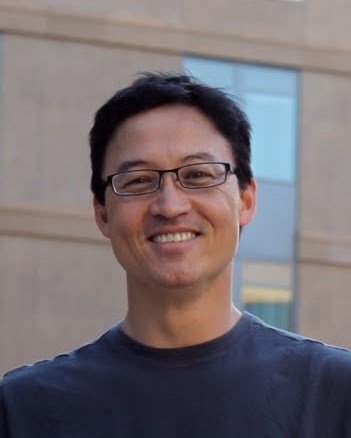|
|
|
 | ||
|
| ||
Thursday, October 24, 2013
Please register in advance for this event, using our IEEE Council's DoubleKnot registration site.

|
You may register yourself, plus others from your company/institution, for the lunch and presentation, or the presentation only. You may make an on-line payment for the lunch, or arrange to pay at the door. |
LOCATION: Biltmore Hotel
2151 Laurelwood Rd (Fwy 101 at Montague Expressway), Santa Clara, (408) 346-4620 -- click map at right.

|
SCV Chapter
Home Page |
How to Join IEEE |
Contact our Chapter Chair |
| CPMT Society
Home Page |
IEEE Home Page |
Email
to Webmaster |
Last updated on